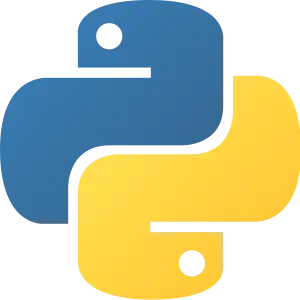
This is a conversion of the Non-Programmer's Tutorial for Python 2.6 to Python 3.
Contents
- Authors
- Contributors to this book
- Front matter
- Initial remarks
- Intro
- Installing and using Python – where to get help
- Hello, World
- The famous first program – screen output – variables – numbers and calculations
- Who Goes There?
- Interactive input – strings
- Count to 10
- while loops
- Decisions
- if statements
- Debugging
- Finding out what goes wrong
- Defining Functions
- Structuring programs with the use of functions
- Advanced Functions Example
- (Almost) mind-blowing example of how programmers can think
- Lists
- Variables containing more than one value
- For Loops
- A second kind of loop
- Boolean Expressions
- Computer logic – True and False – and and or – not
- Dictionaries
- Variables containing key/value pairs
- Using Modules
- Extensions to the standard set of functionality
- More on Lists
- Using elements or parts of lists
- Revenge of the Strings
- More advanced text manipulations
- File IO
- Reading from files and writing to files
- Dealing with the imperfect
- How to handle errors
- Recursion
- Recursive Functions
- Intro to Object Oriented Programming in Python 3
- Basics of OOP (Object Oriented Programming)
- Intro to Imported Libraries and other Functions
- Basic functions from various libraries.
- The End
- How to go further
- FAQ
- Some frequently asked questions
This article is issued from Wikibooks. The text is licensed under Creative Commons - Attribution - Sharealike. Additional terms may apply for the media files.